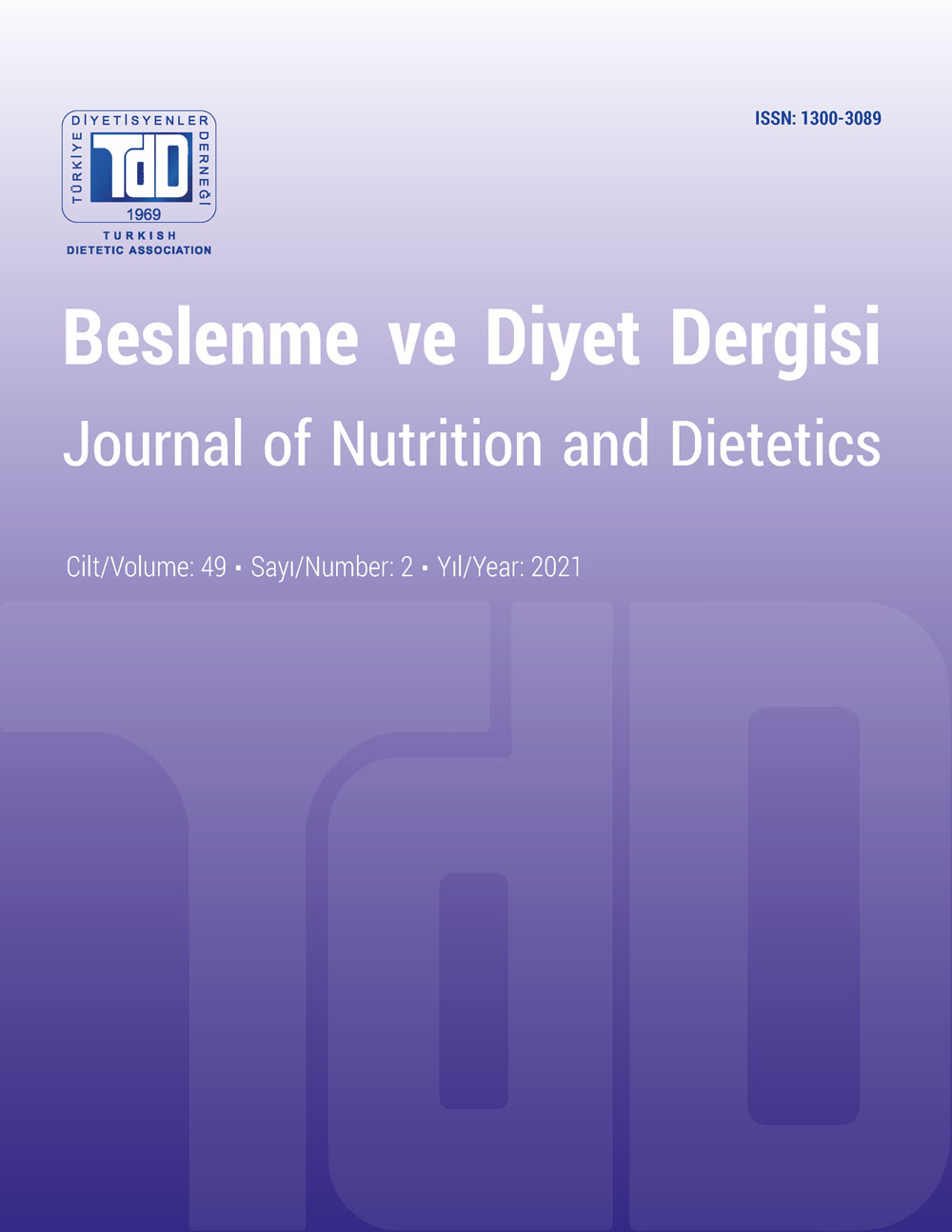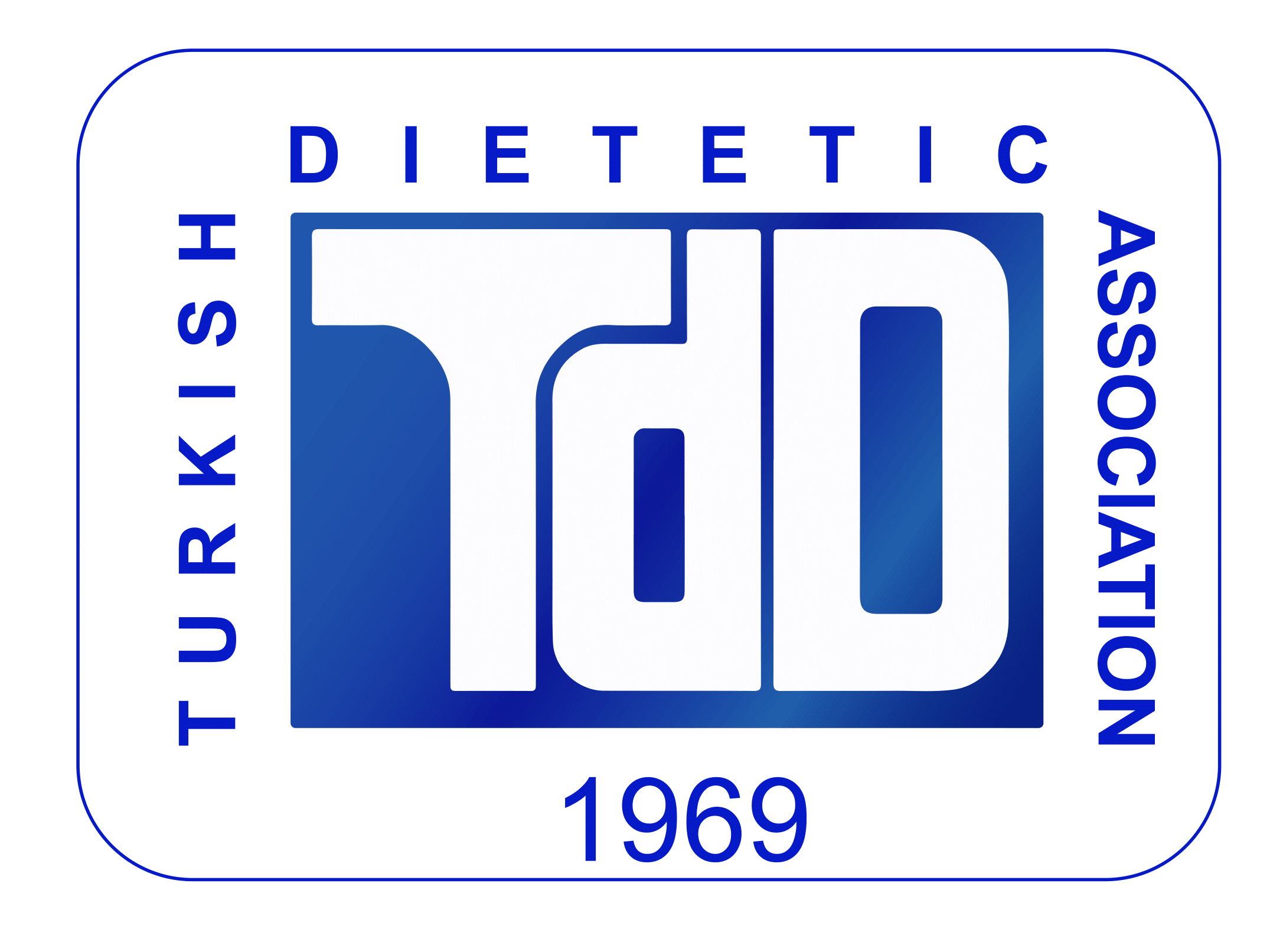Total and Regional Body Composition Components of National Chess Players
DOI:
https://doi.org/10.33076/2021.BDD.1428Keywords:
Chess, dual energy x-ray absorptiometry, body composition, appendicular muscle mass, fat mass indexAbstract
Aim: Due to the nature of the chess game, chess players practice while sitting for a long time (3-4 hours/day) during the day that limits their participation in physical activities. This may increase the risk of overweight/obesity and associated chronic diseases by increasing the sedentary time for chess players. Thus, the aim of this study is to compare the total and regional body composition components of elite chess players with body mass index (BMI), age and gender-matched controls.
Subjects and Method: Twelve national chess players (age: 24.9±5.9 years; BMI: 23.5±2.8 kg/m2) and 12 control participants (age: 24.6±1.6 years; BMI: 23.5±3.3 kg/m2) were included in the study. Body composition was measured by dual energy x-ray absorptiometry method. Independent t-test was used to compare the groups.
Results: Although the chess players had higher total fat mass, visceral fat mass and fat percentages and lower lean soft tissue mass and bone mass compared to the controls, the differences were not statistically significant (p>0.05). In females, chess players had similar total body fat percentage (p>0.05) and lower visceral fat mass than the controls (p=0.015). Male chess players had lower lean soft tissue and higher body fat percentage compared to the control group however, these were not statistically significant (p>0.05). Although the regional fat percentages (arm, trunk, leg, android, gynoid) of female and male chess players were higher than those of the control group, the differences were not statistically significant (p>0.05). Concerning the body fatness and muscularity indices, male chess players had higher fat mass index, lower total and appendicular lean soft tissue mass index compared to the control group, but the differences were not statistically significant (p>0.05). Fat mass index and appendicular lean soft tissue mass index values in female chess players were similar to those of control group (p>0.05), while lean soft tissue mass index was found to be lower (p=0.022).
Conclusion: The total and regional body composition of elite chess players were similar with controls.

